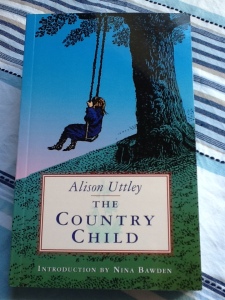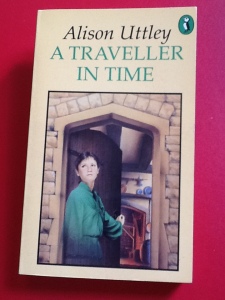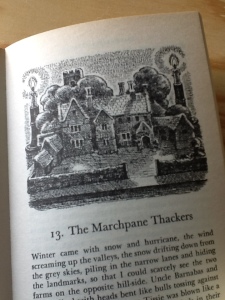Animals always manage to creep (bound, gallop, flutter) into my own writing. Dogs, cats and horses have all featured, and my next book even includes some hens. Here are my ten favourite animals in children’s books, not including horses – they deserve a list of their own!
In no particular order, then…
Jumble in Just William et al by Richmal Crompton. Jumble is like the dogs of my childhood: 1. A mongrel, of course. 2. Lives a charmed life. 3. Doesn’t do ‘walkies’. 4. Any rigorous training is devoted to learning tricks, not behaving himself in public. 5. Never sees a vet. 6. Just one of the gang.
Fred, the eponymous hero of Posy Simmonds’ picture book. Enormous, snoozy, boring Fred turns out to lead a secret double life. When he dies (yes, the difficult topic that a pet might not be immortal is raised) the neighbourhood cats come together to celebrate his legendary night-time persona in a glorious wake. A lesson for complacent cats and cat-owners everywhere.
Mole in The Wind In The Willows by Kenneth Grahame. Ratty knows his way about, but Mole is rather new to things, so as a child I indentified with him. I don’t think I was particularly amused by Mr Toad until I was older and met a few real-life Toad-alikes; possibly still not amused.
Squirrel Nutkin by Beatrix Potter. I’ve only seen a real red squirrel once, at Cawdor Castle in the Highlands. They are increasingly rare, reduced mainly to Scotland – and Brownsea Island in Poole Harbour. They have been pushed out by their imported cousins, the grey squirrels. Of all Potter’s immaculately-drawn animals, handsome Squirrel Nutkin remains my favourite.
Hare in the Little Grey Rabbit books by Alison Uttley, illustrated by Margaret Tempest. While Grey Rabbit keeps calm and carries on, effortlessly making bandages, soup and cowslip balls, dear old Hare is an enthusiastic, somewhat galumphing fool, full of hare-brained schemes. He also gets marks for being an elegant dresser – those coats!
Owl in Winnie The Pooh and The House At Pooh Corner by A. A. Milne. Lots of animals to choose from in the Hundred Acre Wood but most of them are made of cloth! Owl is a real bird, lives up a tree, and is the go-to creature for dispensing wisdom. “Able to read and write and spell his own name WOL, yet somehow [he] went all to pieces over delicate words like MEASLES and BUTTEREDTOAST.” Know the feeling.
Pantalaimon in His Dark Materials trilogy by Phillip Pullman. I so, so wish daemons were real and not just a brilliant fictional idea. Pan has all the great qualities of a companion-animal, a loyal familiar, and then some. What would my daemon be (once it had stopped shape-shifting)?
Buck in Call of The Wild by Jack London. I don’t know why I enjoyed such sad stories as a child (and this isn’t really for children), but I do love a good book told from an animal’s point of view. This one doesn’t spare the reader’s feelings as we follow Buck’s brutal path through the harsh conditions of the Klondike Gold Rush. Read and weep.
The Caterpillar in The Very Hungry Caterpillar by Eric Carl. (Can’t leave out the invertebrates.) He’s a caterpillar. He’s hungry. Some of those food choices might not be mine, but he’s got to build up his strength to transform into a beautiful butterfly. I once spent some happy hours making that butterfly for a story-bag, and was rather proud of the result. I wish I still had it.
The Monster in Not Now, Bernard by David McKee. I’ve snuck him in because I read about him to my children over and over and over again, and he still makes me laugh and I still feel sorry for him. He might have – sorry, SPOILER ALERT ! – eaten Bernard but my heart goes out to him. And I think he qualifies as an animal, doesn’t he?
Now I’m sure that – just like forgetting a friend’s birthday – I’ve unforgivably overlooked some old favourites.
Do let me know who you would choose.





